I’d love to have a conversation about avoiding over heating in dogs. We all know that it can be a life or death issue for all dogs, but the fact is that my Skip overheats easily. Very, very easily. It may be that his bad heart is the only factor, or perhaps there are others, but it can take him 30 minutes to cool off when it takes Maggie 10. I simply can not run him if it’s truly hot and humid; or if I do, for a minute or so only. Given that those of us in the Northern Hemisphere are rolling into summer, and it’s already been hotter than hell up here in the Northland, it seems like a timely conversation to have for all of us.
First, it probably goes without saying, (and yet I feel obliged to), that high internal temperatures in dogs can be a serious health emergency that can lead to organ failure and death. You no doubt know that a dog’s internal temperature is usually somewhere around 100 to 102.5, and that dogs are unable to sweat except through their paws. (Which has always confused me. Horses sweat and have coats similar to those of dogs; why can’t dogs sweat?) An internal temperature over 106 is considered a crisis; imagine my shock when I took Skip’s temp after a training run and it was, yeah, 106. (I should mention, however, that I used a digital thermometer, CiiNii, inserted in his ear, which I’m told is not as accurate as a rectal one.) Skip seemed fine after he cooled down, but needless to say, I take all this very, very seriously, and am now always quitting before I think I need to.
Here are some of the factors that effect overheating in dogs that I know about; and some of the ways to protect our dogs. Please, don’t hesitate to add your own knowledge and experience here:
TEMPERATURE & HUMIDITY: This is the obvious one, and most often relates to dogs in cars. If there’s just one person reading this who doesn’t know how fast a car interior can heat up to a fatal temperature, then it’s worth mentioning it. A car parked in the sun can attain an inside temperature of 116 within an hour. However, it can take far less than that to kill your dog. The dashboard itself, in one study, rose to 157 degrees Farenheit. We’ve all heard the heartbreaking stories of children who have died while being left inside a car (an average of 37/year–I can barely type that), but we know it happens to dogs too. In 2018-2019, 78 dogs died in the US from heat stroke in cars. What seems to confuse people is that cracking a window doesn’t help much. Heat rises, right? It doesn’t want to go sideways. That’s why I have a car with a moon roof, which makes just getting into the car in summer so, so much nicer. (And explains why I left my dogs in the car on a warm but not hot day, and then had to explain to the person trying to break into my car to SAVE MY DOGS who were sitting in their crates looking amused.)
High humidity along with high temperatures, just as with us, can also make dogs more likely to overheat, no matter where they are. Of course, being in the sun, having a dark coat, being out of a breeze are also all factors that can influence a dog’s internal temperature, along with any exercise. Be especially careful of walking or running dogs on hot pavement–black asphalt is famous for holding and radiating heat, and while your head is high above it, your dog’s isn’t. I have to admit I’ve seen a few dogs walking on the street beside their owners that I felt a tad worried about. But there are some other, less obvious factors that you might be interested in.
I didn’t mind too much that this water was muddy at a recent clinic, because Skip doesn’t drink when he’s hot. The water was cool and Skip had no problem curling up to dunk himself while he watched another dog work. He got lots of clean water when we got back to my vehicle.
ACCLIMATIZATION It matters a lot what the dogs are used to. The first time I worked Maggie on sheep here in Wisconsin she came close to overheating, even though I worked her for an extremely short period of time. She had come from Idaho . . . dry, dry, low humidity Idaho, and had never experienced a hot, humid Midwestern summer. It took her about a year, but she eventually became just as tolerant of our weather as any other normal working Border Collie. Acclimatization has been found to be a key factor in keeping working military dogs fit and able to work in hot environments. Of course, it’s not the only thing–Skip grew up in Ireland but he’s been here for two years [[four now, actually]] and I see no signs of improvement in his heat tolerance.
HYDRATION There’s no question that well-hydrated dogs do better when exercising and build up less internal heat than dogs who are not well hydrated. The question is, how to do that? Lots of working dogs (mine included) are too focused on the work to bother drinking any water until they know that they are”done.” Giving dogs fluids, before or after working, with electrolytes (like Gatorade® for example) has been controversial, because of concerns of the build up of sodium. We sweat it out, but since dogs don’t sweat, the concern was that giving dogs electrolytes made for us would cause unhealthy levels of sodium. But a study done at the University of Pennsylvania found that excess sodium was simply excreted in the dog’s urine, and that such electrolyes, especially when flavored with chicken, were a good way to hydrate dogs before they worked. I’ve given my dogs Glyco-Gen Energy Bonesto replace glycogen loss if they run twice in one day, but that’s not the same as hydrating them. I’m going to try some electrolytic fluid with chicken flavor in it and see how the dogs do. What about you? Do you hydrate your dog before exercise, as well as after?
GENERAL CONDITION Of course, being in good physical condition makes a difference as well. Just as you’re going to struggle on the track if you used to run five miles a day but haven’t lately, dogs need regular exercise to stay in condition. You can’t stroll around the neighborhood twice a day and then go on a five mile, off leash walk with yor dog on a hot day and expect him to be fine. Be sure to ask yourself–what is my dog in condition for, and how are the external conditions going to influence that?
Two to three times a week, besides two walks and sheep work every day, I put Maggie and Skip on a balance board to work their core and the large muscles of their hindquarters. The stronger they are, the less they will struggle when exercising. I also keep them thin, because carrying around an arctic insulation system is not going to help a dog deal exerting itself in hot weather. I manage Ski’s weight so carefully I might as well be a falconer. “Keep him thin,” all his cardiologists have said, and thin he is. I feel like I’m always on the line of a vet saying, “Uh, what do you feed your dog, Trisha? Perhaps he needs a little more?” Of course, all working dogs should be kept trim–less stress on their joints, less needless work carrying around weight. Thus, the dogs I meet at sheepdog trials are almost always as trim as long distance runners. I am reminded, however, that about half of our country’s dogs and cats are overweight, so you might want to take a look at your dog and ask yourself how it would do on the BCS, Body Condition Scoring system.
This photo was labeled as “cute dog lies on rug” on a stock photo site. I’d label it as “Dog most likely to die of overheating” because of its muzzle structure and grossly overweight body. Poor thing.
Related to condition is a dog’s structure. Brachycephalic dogs with shortened muzzles and noses are especially prone to overheating. There’s just not much more I need to say, except perhaps to focus on breeding dogs who have healthy respiratory systems?
A HIGH FAT DIET? Or the opposite? Auburn and Cornell Universitiespartnered up to research the effect of diet on scent detection dogs, and found that ” . . . dogs eating the normal diet enhanced with corn oil returned to normal body temperatures most quickly after exercise and were better able to detect smokeless powder, ammonia nitrate, and TNT.” The results suggested that a higher fat diet, and lower protein levels, enabled dogs to tolerate heat better. I’ve seen this quoted to suggest that dogs do better in the heat on a high fat diet. On the other hand, you can find the exact opposite recommendation: You should feed low protein and low fat, said to create less heat in digestion than fatty, high protein foods. Right now I feed a relatively high protein and high fat diet. Hmmmmm. Any expertise/research out there to help guide us mortals?
I stopped this photo shoot right after friend Rob took this picture. Note how Maggie’s mouth is wide open and her tongue is curling upwards at the tip. . . all clear signs of internal heat build up in a dog.
HOW TO COOL OFF A HOT DOG If your dog’s mouth is gaping open, and tongue is longer than you thought possible and curling up at the tip, your dog is getting very hot. More serious signs are hind end weakness, staggering, or collapsing. Get them out of the heat and in cool water STAT if you think your dog is overheated. My dear garden helper and first year vet student told me she’d learned that the best heat transfer points are paws, groin, and . . . get this, cheeks.
I’m not sure that relates to dogs (apparently it does in people), but it does reinforce my shaving Skip’s belly in the summer time; now I’ll focus as much on his groin area. Do know, however, that shaving your entire dog is not believed to be a good idea. But water to lie in? Oh yeah. Skip dives into the water tank after working at home, and he has very own wading pool in the backyard. Every sheepdog trial has a tank set out with water for dogs to leap into after their run. (One of my criteria for a “well-run trial” is one that keeps the water tanks full of clear, cool water, both for the sheep and the dogs.)
If your dog is overheated, do NOT spend time and energy trying to get them to drink. They are usually panting too hard to even think about it. Here’s article about how to respond to an overheated dog that I think is helpful and clear–it too says to get your dog in water, (have you noticed the water theme here?), don’t force him to drink, and don’t take him out of the water until his temp is 103 or below. If there’s no body of water, find water and flow it over his paws, belly, and groin. Continue to do that for a good 5-10 minutes if at all possible. If you think he was badly overheated (staggering, collapsing), take him to the vet once he’s been cooled to 103 or less. Another reason to have a thermometer handy.
Chilly Buddy Vests: I wanted to add that since writing this I’ve discovered Chilly Buddy vests, and am very impressed with them. They reflect the sun’s ray off of a dog’s coat, and can lowered the temperature by over 40 degrees. Here’s Skip with his newly acquired Chilly Buddy vest:
The difference was striking–I put my hand on the top of his head and it felt significantly hotter than the fur under the vest. What we don’t know if how it effects a dog’s internal temperature. I’ve reached out to the company with that very question, and got a call back within a few minutes. Impressive. I spoke to Mr. Leandro Monteiro at Chilly Buddy who told me that they’d never done that research, but now that I asked, was intrigued by the question. Right now it looks like all the data is based on coat temperature and behavior–Leandro’s own agility dog used to seek the shade, but with the vest on was happy to stay in the sun. I can say that Skip looked much cooler–tongue shorter, less panting–than he normally would have on this exceptionally hot and humid day at a friend’s last week. It wouldn’t be that hard to do the research; I think I might just try it on my own sometime, by using a thermometer. But I do recommend them based on everything we know so far. And I’ll mention that Skip completely ignored it, although I would take it off when working sheep!
MEANWHILE, back on the farm: We left last Friday for another short weekend at a cabin, owned this time Jim’s son Zach and partner Sarah, outside of Minocqua, WI. Following the time-honored inevitability of one’s dog injuring itself the day before you leave town, Maggie appears to have strained a cruciate, so out came the Assisi Loop®, which appears to increase circulation and decrease healing time. Cross your paws.
I’m just back today from a clinic with the awesome Scott Glen, winner of, uh, everything much of the year. And a kind, patient man he is. He’s helping me get Skip more comfortable pushing forward, and holding the right side rather than drifting to the left. Thanks John & Hixie Wentz for hosting him!
Our resident woodchuck is now adding to the Wildlife! Adventure! Park! that is our farmyard. I regret to say that this critter has expanded its dining to my zinnia seedlings, the leaves of the Jack-in-the-Pulpit, and I fear what’s left of my lily bulbs are next. Two years ago a woodchuck turned one garden, with at least 30-40 gorgeous lilies in it, into a roto-tilled mess, sans any lily bulbs. I regret to say that this might be your only chance to say hello to Chuckles.
Far less problematic, an uplifting joy actually, are all the baby birds begging for food around the yard. My current favorites are the newly fledged young of a pair of Hairy Woodpeckers. That’s a teenager on the left, waiting for a snack from mom, shopping on the right.
Food delivery service has arrived.
And last, here’s a peaceful scene from a waterway outside of Minocqua, complete with an impressive beaver dam. What astounding animals they are, and seeing their work was a delight.
May your week also include some unexpected delights.
Be sure to tell us your stories about keeping your dogs cool, whether one has gotten over heated, and any research you know that can inform us all. I’m all ears. Well, okay, eyes . . .

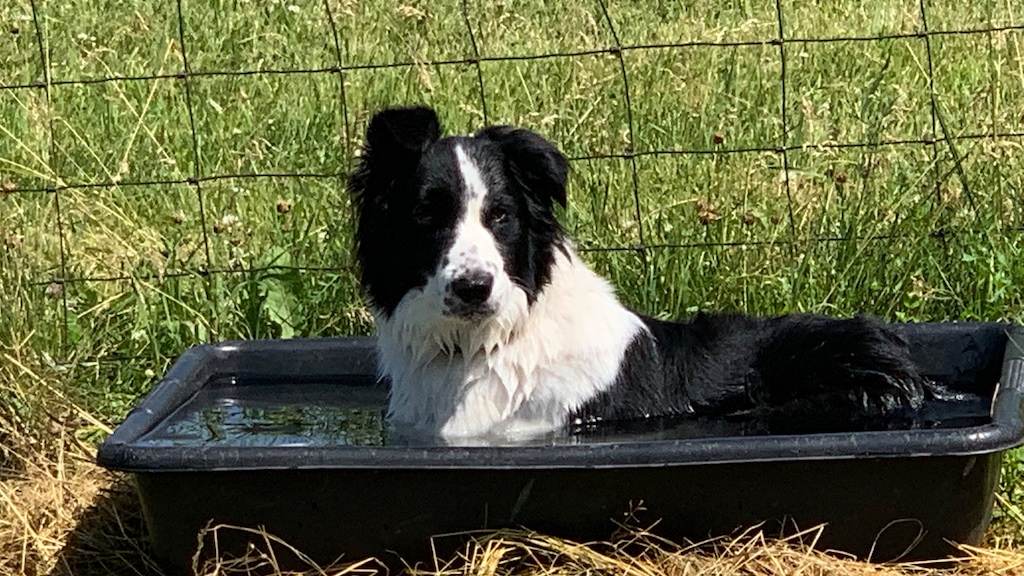
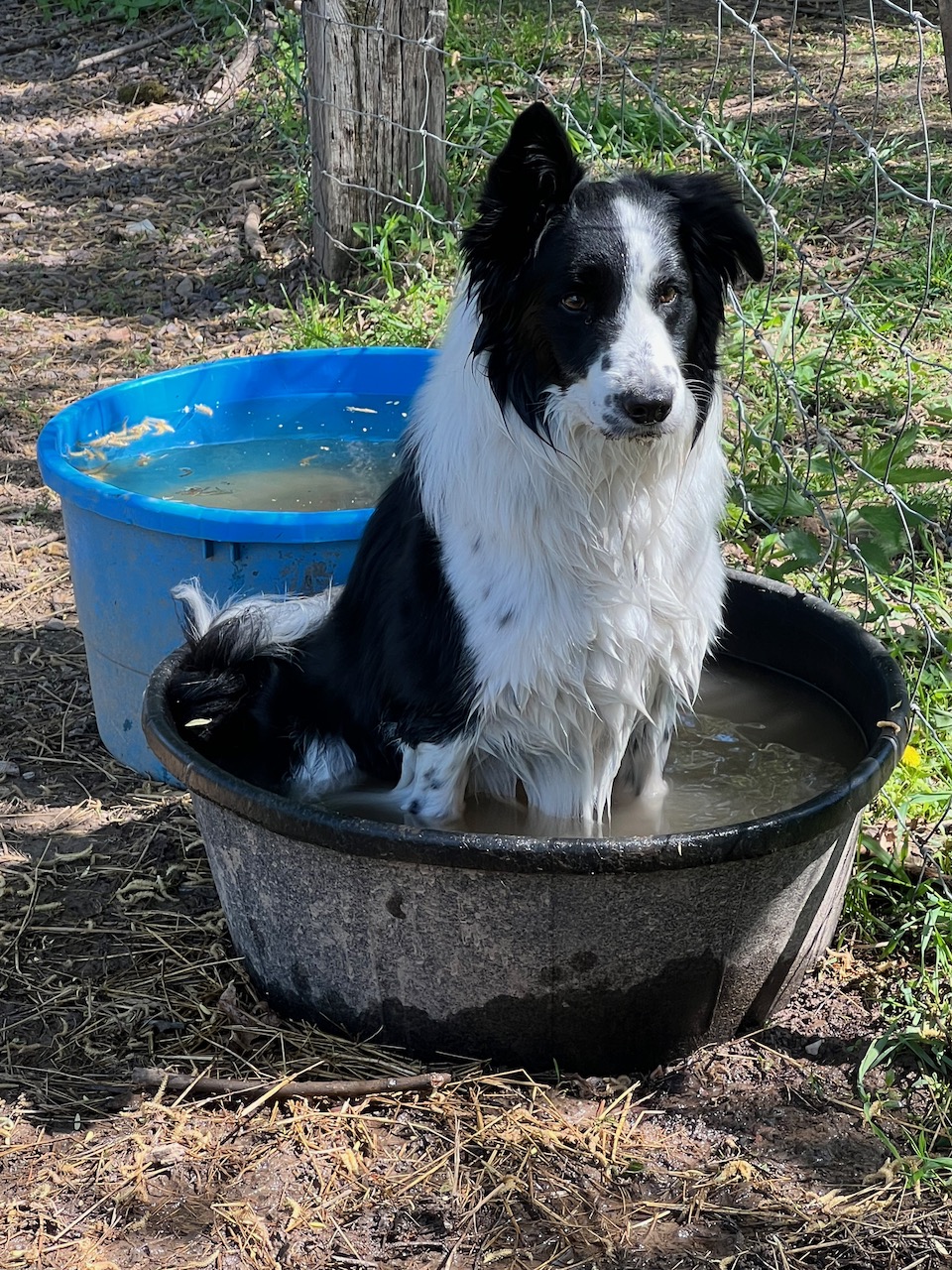
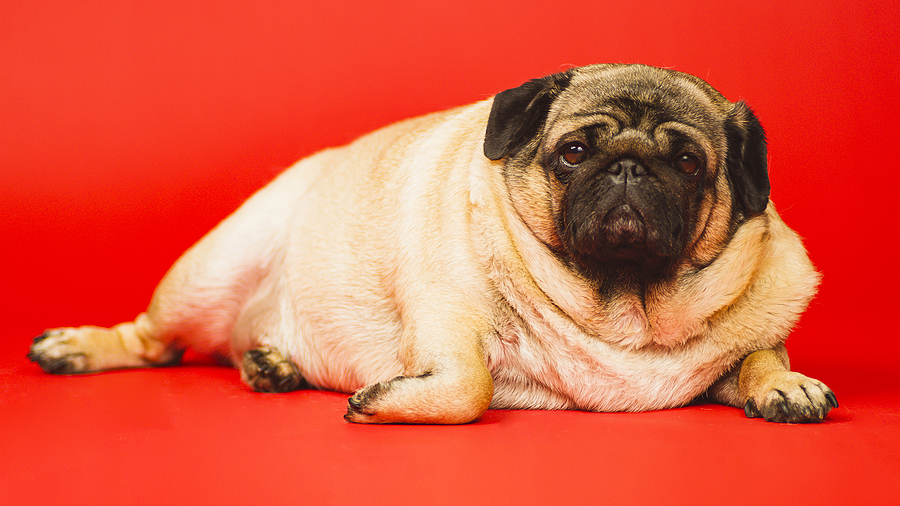


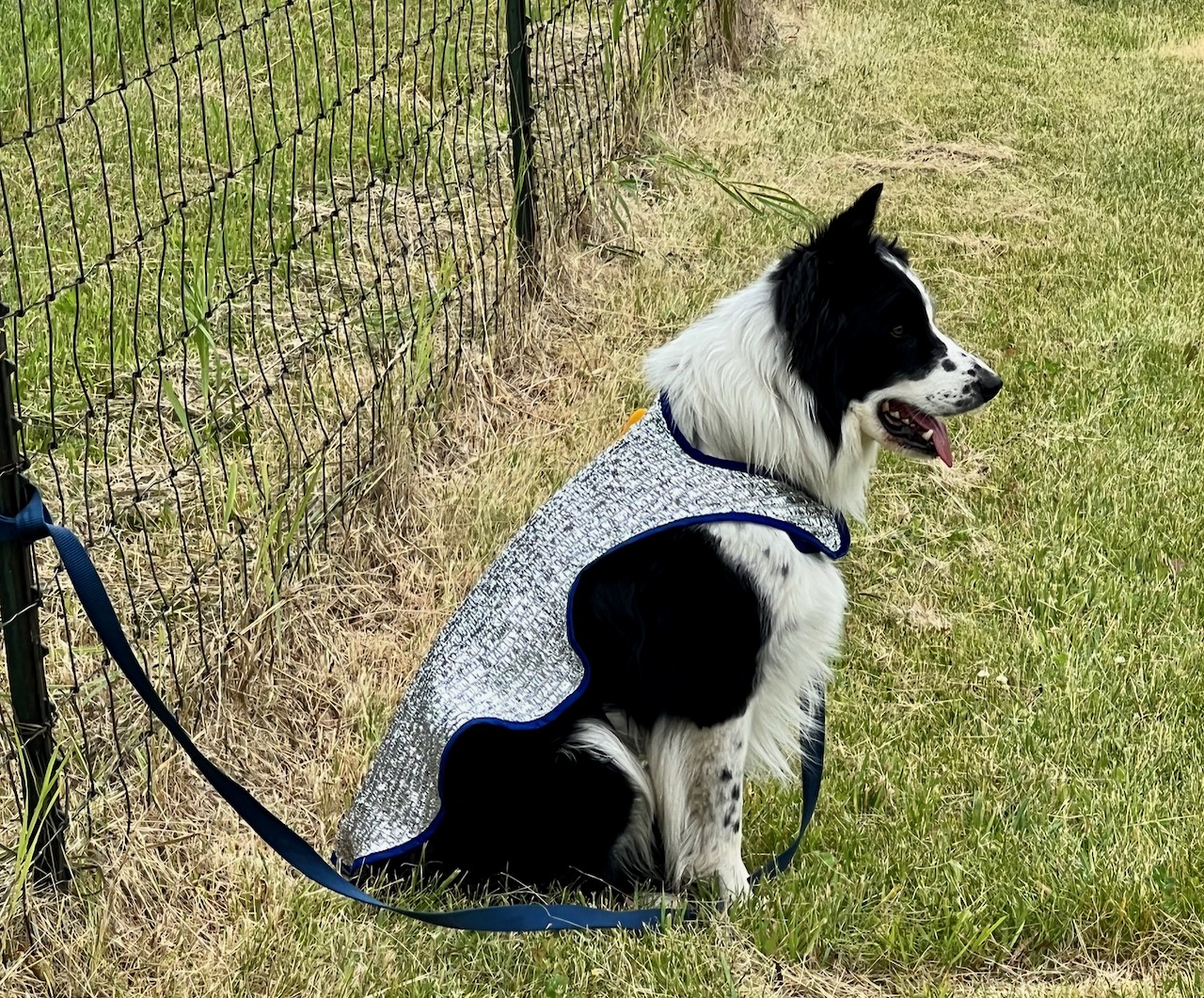


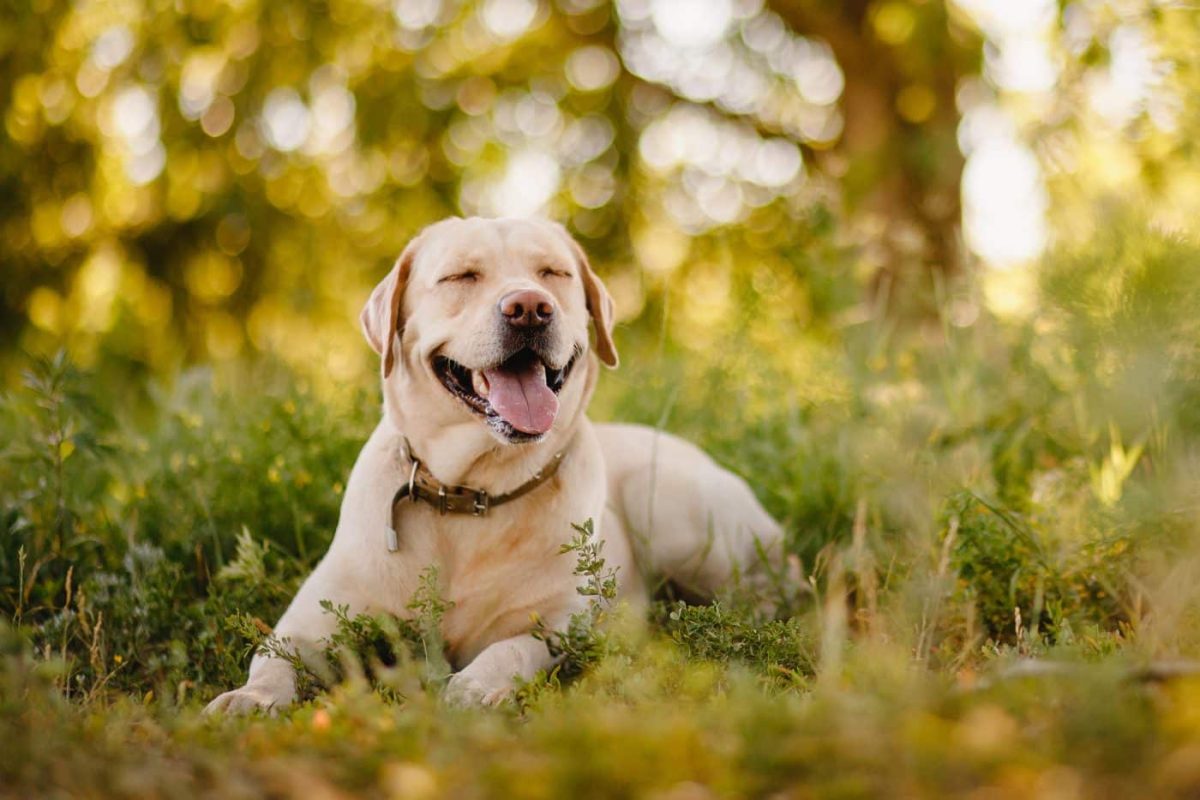
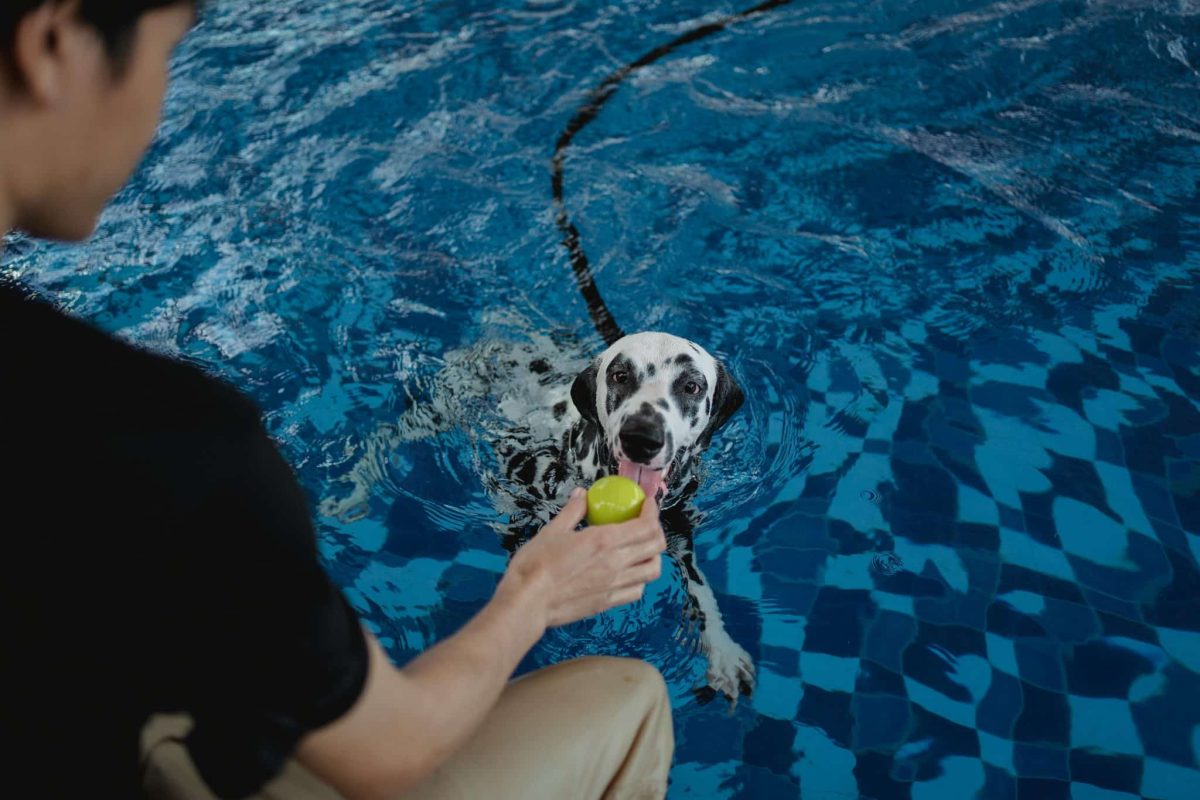

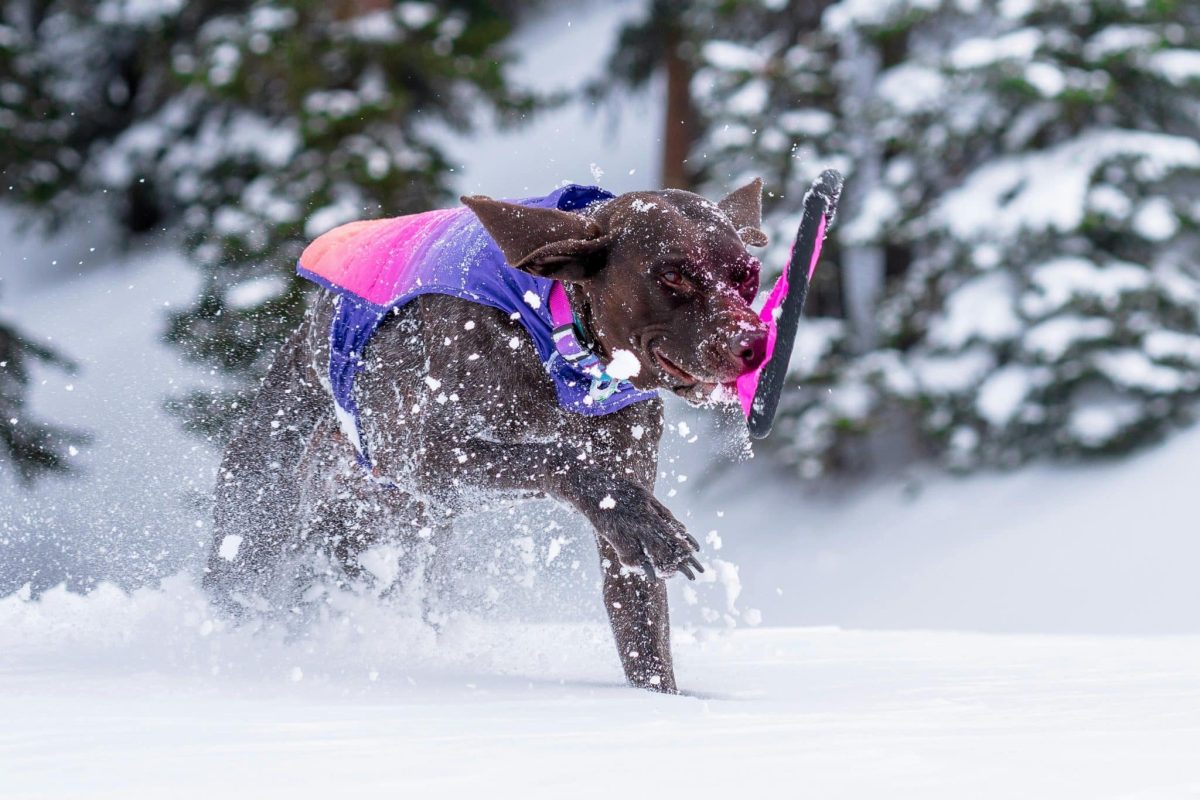



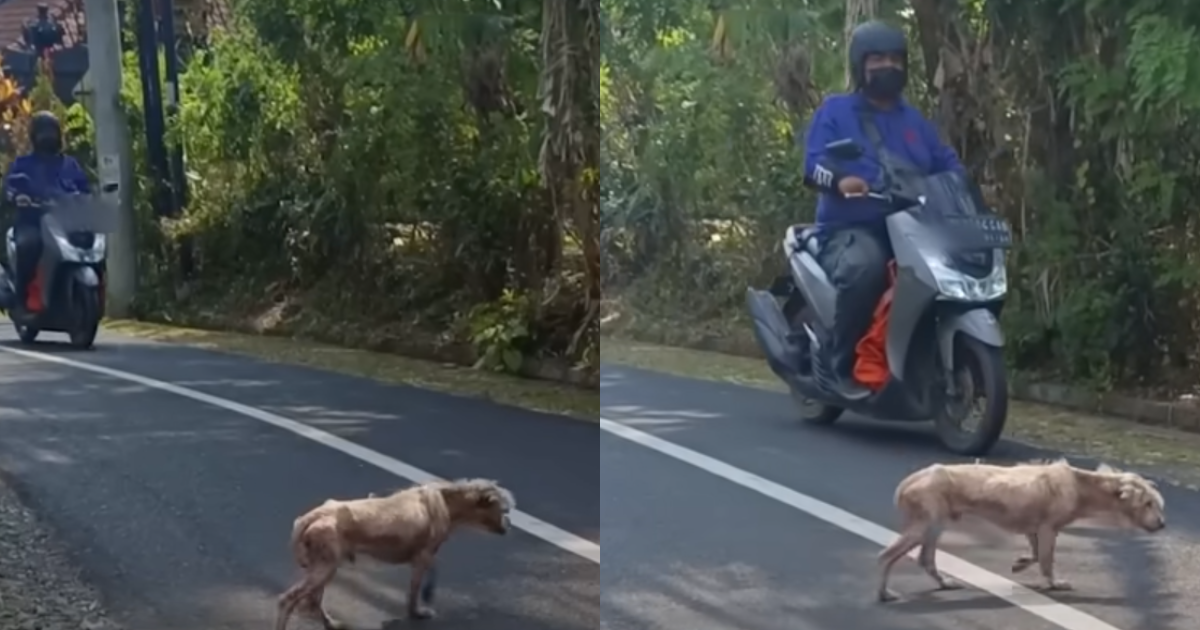



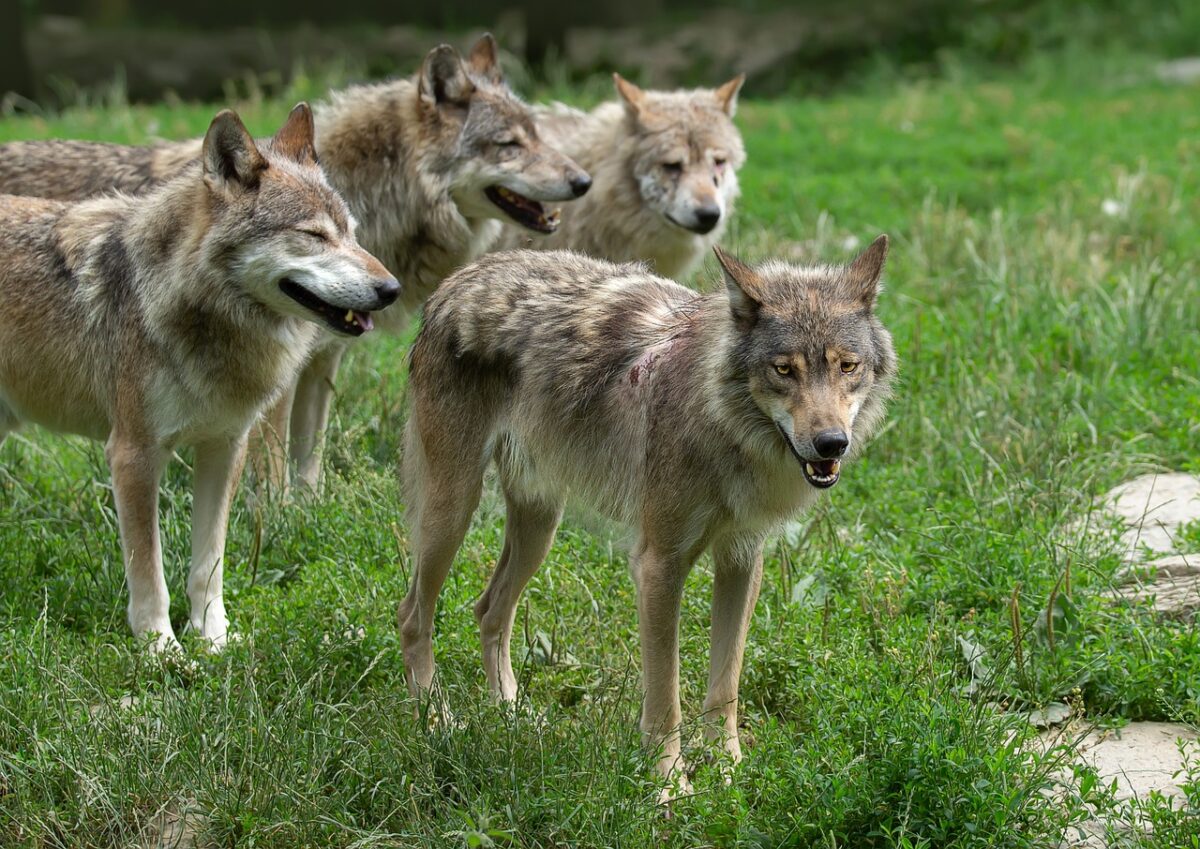
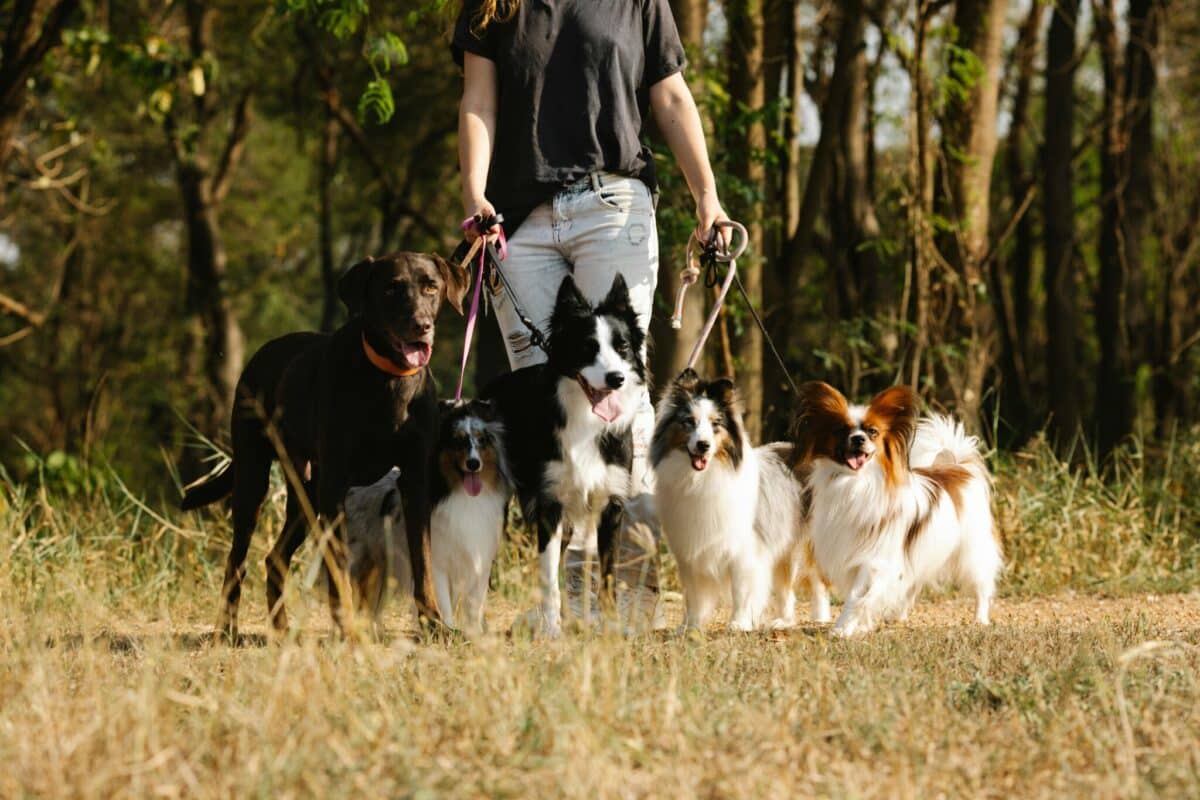



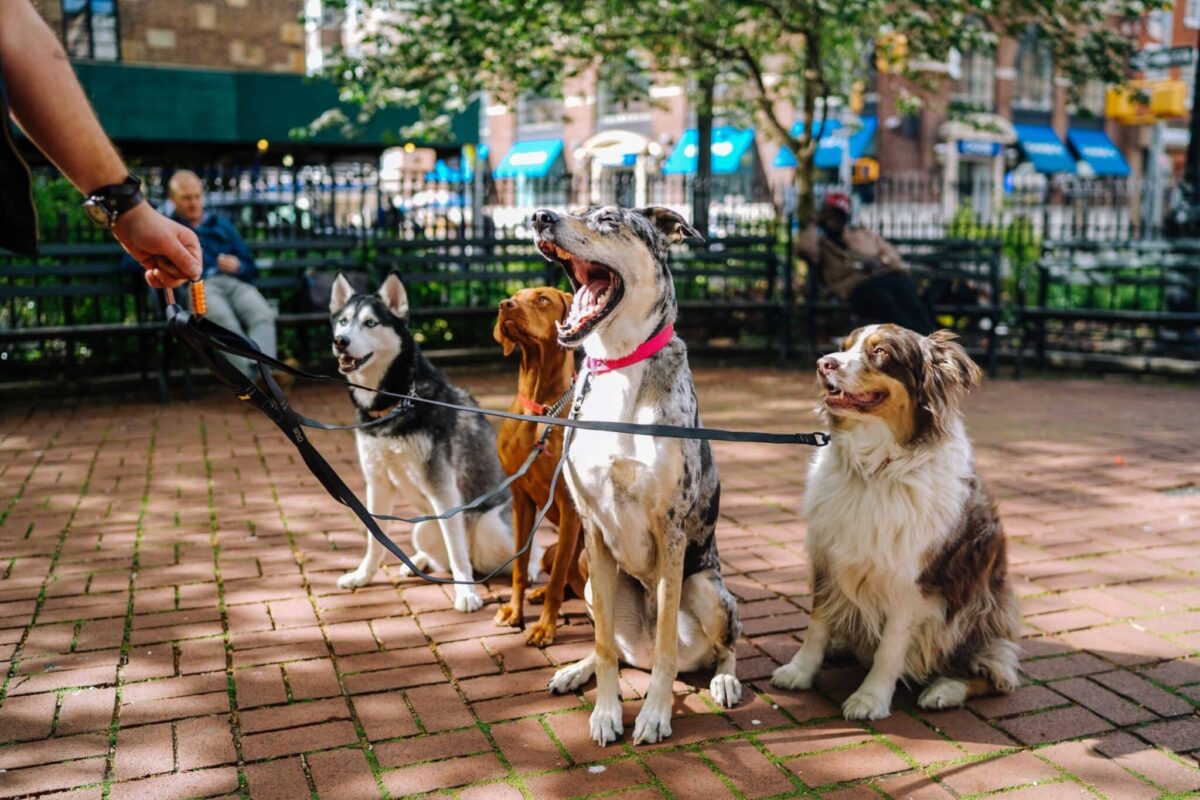

 English (US) ·
English (US) ·